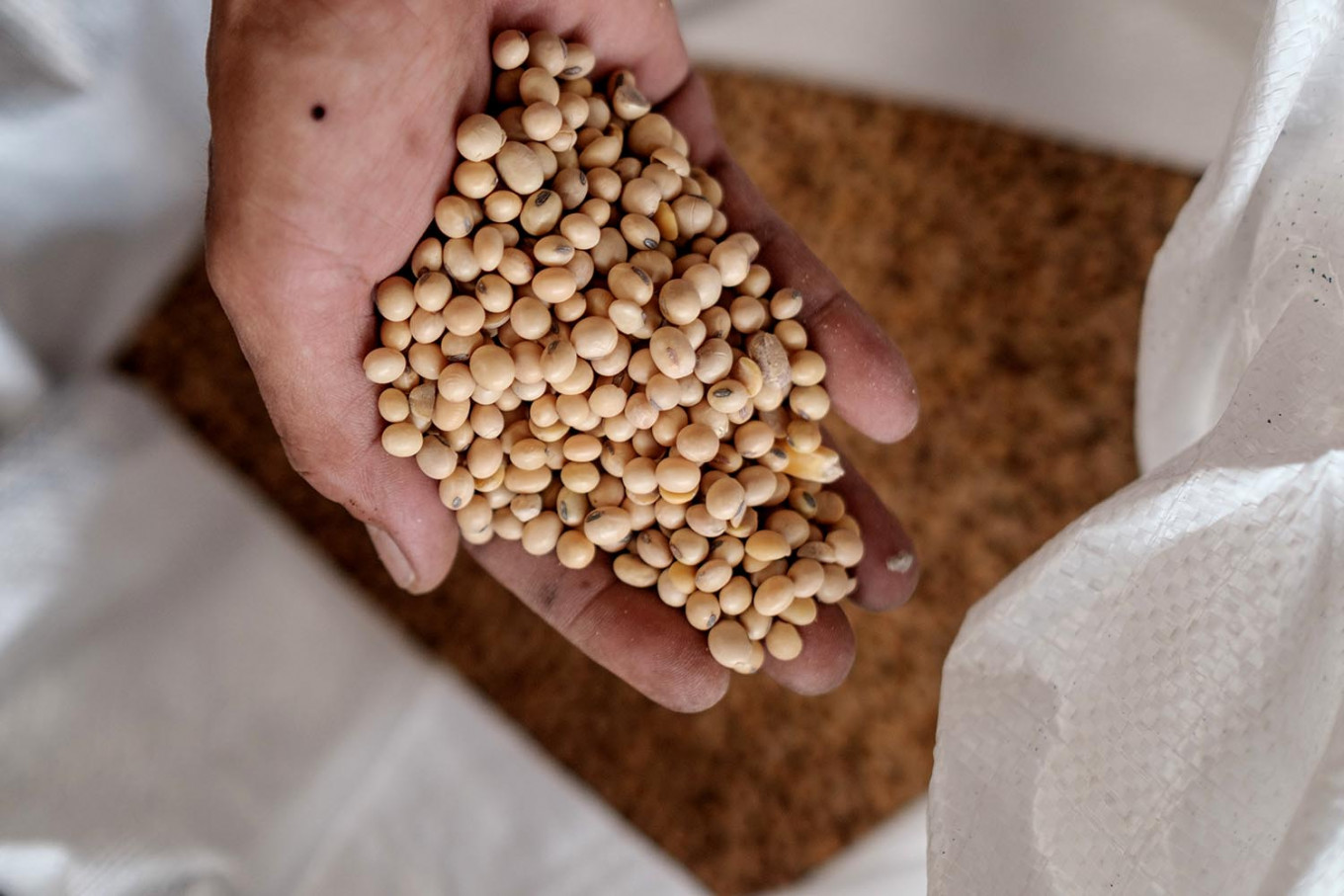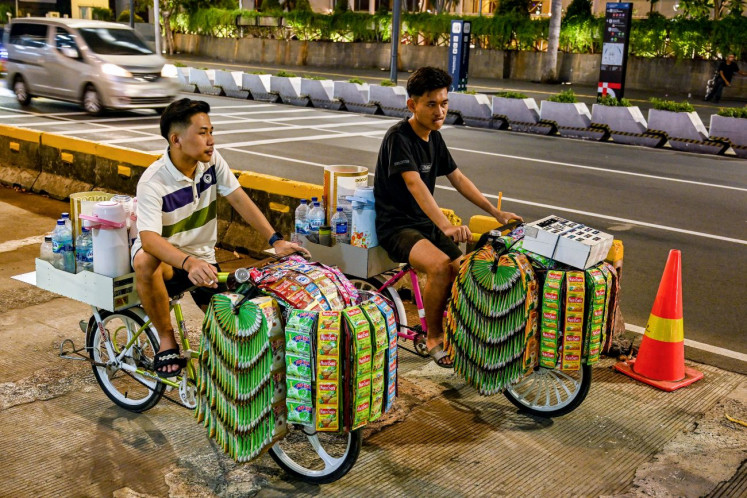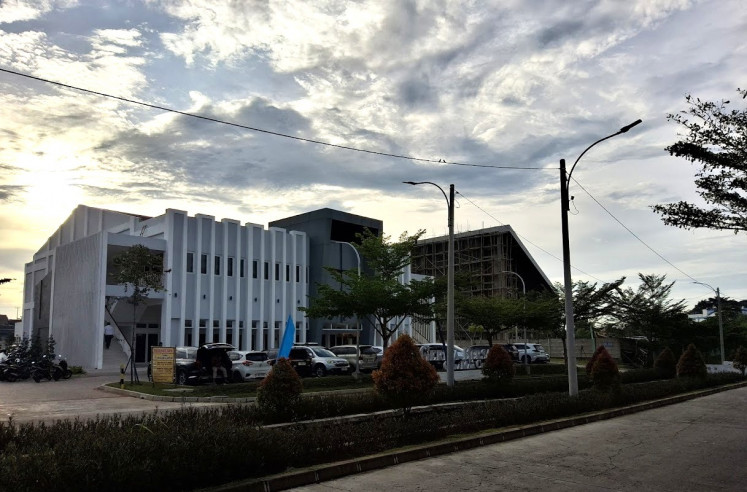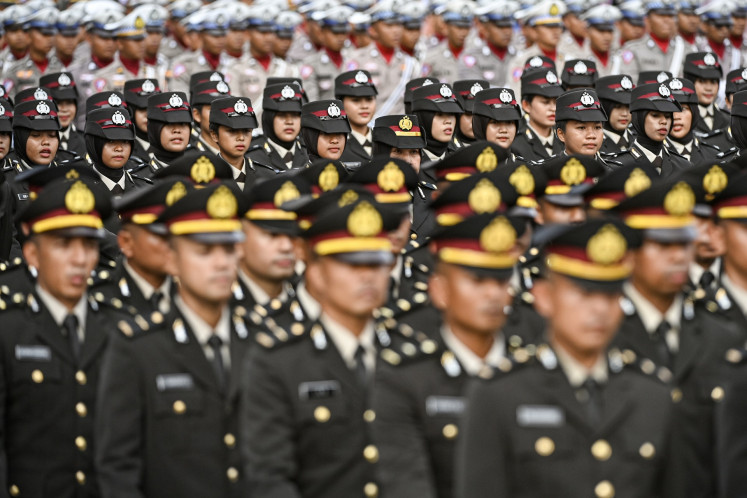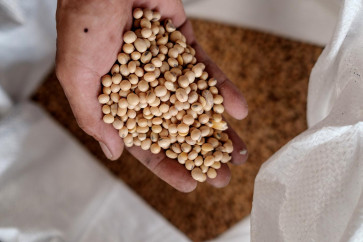Popular Reads
Top Results
Can't find what you're looking for?
View all search resultsPopular Reads
Top Results
Can't find what you're looking for?
View all search resultsSupply-chain economics beats tariff politics
Trump’s tariff-first trade policies fundamentally misunderstand 21st-century supply-chain economics.
Change text size
Gift Premium Articles
to Anyone
W
hen a photographer recently captured United States Treasury Secretary Scott Bessent reading a text message at the United Nations General Assembly, the image inadvertently revealed the scale of America’s deepening agricultural crisis.
“We bailed out Argentina yesterday,” read the message, apparently from Agriculture Secretary Brooke Rollins. “In return, the Argentine’s [sic] are removing their export tariffs on grains, reducing their price, and sold a bunch of soybeans to China, at a time when we would normally be selling to China.”
Within 48 hours of Argentina’s decision to eliminate export taxes on grain products, Chinese buyers had purchased roughly 1.3 million tonnes of Argentine soybeans – just as US farmers began their harvest season with zero Chinese orders. The surge in Argentine exports drove soybean prices lower, giving China even greater leverage over the US.
This isn’t merely a story about trade disputes or commodity flows. It’s a case study in how US President Donald Trump’s tariff-first trade policies fundamentally misunderstand 21st-century supply-chain economics, and how temporary shocks can trigger permanent structural shifts.
While the conventional narrative casts soybeans as a bargaining chip between the US and China, they are not a final consumer good. Soybeans are an intermediate input within a tightly integrated agricultural-industrial supply chain. Crushing facilities process soybeans into animal feed and oil, which in turn sustain livestock production and food security. Disrupt one node, and the entire system reorganizes – and never returns to its previous form.
China learned this lesson the hard way in 2004, when global traders manipulated soybean prices – driving them from US$540 to over $750 per tonne, then announcing bumper harvests that sent prices crashing to $500 and trapping Chinese processors in high-priced contracts. Academic studies estimate that roughly 3,000 soybean processors went bankrupt, while foreign traders gained control of 70-85 percent of China’s crushing capacity.
China didn’t just lose money; it lost control over a critical link in its food-security supply chain. In response, it built vast strategic reserves through its state grain corporation, Sinograin, protected its remaining state-owned crushers, and began investing heavily in South American agricultural infrastructure.

